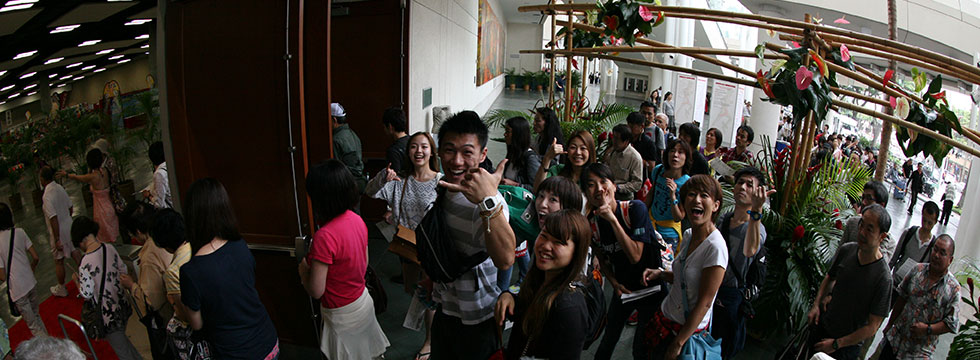What is Standard Costing? Definitions, Objectives, Applications, Advantages
March 26, 2025 1:57 pm Leave your thoughtsSimilarly, the amount not yet allocated is not an indication of its current market value. Accounting professionals have a materiality guideline which allows a company to make an exception to an accounting principle if the amount in question is insignificant. Note that the entire price variance pertaining to all of the direct materials received was recorded immediately (as opposed to waiting until the materials were used). Direct materials are the raw materials that are directly traceable to a product. (In a food manufacturer’s business the direct materials are the ingredients such as flour and sugar; in an automobile assembly plant, the direct materials are the cars’ component parts).
How do you know which system is best for decision-making and profitability analysis? Standard Costing
Additionally, incorrect standard costs can impact the financial statements and cause errors in inventory valuation. Therefore, the standard cost of producing one widget in this example would be $3.50. This can be useful for budgeting and cost control, as it provides a baseline for measuring actual costs and identifying any areas where costs may be higher than expected. Standard costing can effectively manage inventory levels and costs while providing valuable insights into how changes in costs or demand may impact business operations. However, it is essential to remember that standard costing alone is insufficient to ensure optimal cost management – many other factors must be considered.
By breaking down costs according to activities, businesses can better understand the true cost of their operations and make more informed decisions about pricing, budgeting and process improvement. We can calculate the standard cost of a product or service by adding the typical costs of direct materials, direct labor, and overhead. The standard cost of direct materials is the average cost of the raw materials used to produce a product or service. For direct labor, it is the average hourly wage rate for the workers who make a product or service multiplied by the time it takes them. The standard overhead cost is the average indirect cost incurred to produce a product or service.
- Variable manufacturing overhead costs will increase in total as output increases.
- Today, standard costing is used by many different types of businesses worldwide.
- As a result, management is able to use them to prepare more accurate budgets.
- (a) Deciding how to incorporate inflation into planned unit costs.
- Establishing cost centres – The area of operation of a business is to be divided into various cost centres.
Step 3: Import your Historical Data
Standard Costing is typically used more frequently by firms who have stable, well-established processes and inventory levels as compared to manufacturers who do not have these characteristics. Despite this, it is a fantastic choice since it has the potential to deliver the highest expense management as well as the most significant degree of financial security. On the inventories crossword clue other hand, implementing this strategy can prove challenging and calls for a more significant investment in overhead (in the form of employees, including a cost accountant). Knowing what is expected and anticipated allows for better plans and performance. To calculate the standard cost of producing one widget, you will need to estimate the total cost of each component and then divide that total by the number of widgets produced.
Deliver your projectson time and on budget
Obviously the past cannot be altered so the only value variances can have is to guide management if identical or similar circumstances occur in the future. (h) Virtually all aspects of setting standards involves forecasting and subjective judgments with inherent possibilities of error and argument. (e) It may be difficult to set standards at a level which both motivates the workforce and achieves the corporate goals.
(c) Unless standards are accurately set any performance evaluation will be meaningless. J) It helps to trace/allocate manufacturing costs to each individual unit produced. E) Standard costs can be used to value stock and provide a basis for setting wage incentive schemes. (k) The traditional short-term focus of the financial year (12 months) is still intact, yet most products and technologies have life cycles exceeding many accounting periods.
The Purpose of Budget vs. Actuals Analysis
We have prepared a sample variance analysis template on the Magnimetrics platform that you can use and extend to track the production performance of your company. Adding these three amounts together will get us the total standard cost. We usually calculate this on aggregate for a historical period and then divide the full standard cost over the number of units produced to arrive at an average standard cost per unit. C) Actual costs can be compared with standard costs in order to evaluate performance. (a) Product costing based on manufacturing costs alone today represents an unacceptably low proportion of total cost. The correct treatment of inflation, therefore, requires the assumptions about inflation which enter the cash-flow forecasts and discount rate calculations.
Process Costing
These costs represent the amount that a product’s production ought to cost. Multiple standard costs can provide businesses with transposition error greater insight into the true cost structure of a product, as well as the potential to leverage cost savings between products. Additionally, multiple standard costs can also be used to identify materials or labor usage discrepancies and support decision-making during budgeting processes. If the data used to calculate standard costs is inaccurate, the resulting standard costs will also be inaccurate. This can happen if the prices of raw materials or other inputs fluctuate more than expected or your production process is less efficient than you thought.
Standard cost budgets are the cost for producing a single unit of an item. Budgetary control is more effective when used along with standard costing. In an actual cost system, all manufacturing costs are recorded at actual costs. In a normal cost system, materials and labor are recorded at actual costs while factory overhead is recorded using standard costs. In a full standard cost system, materials, labor, and factory overhead are all recorded at standard costs. Analysis of variances between standard costs and actual costs provide vital information useful in improving and maintaining efficiency of operations.
One helpful strategy is standard costing, which entails establishing costs for inputs such as labor, materials, and overhead. Standard costs are widely used in decision-making in many different industries and job order costing vs process costing similarities and differences fields. These standard costs are calculated based on historical data, industry norms, or cost models. They provide a standard benchmark to compare actual results, allowing businesses to assess their performance relative to expectations. Fluctuating production volumes can lead to incorrect standard costs. Standard costs are based on an average production volume; if actual production volumes fluctuate significantly from this average, the standard cost will no longer be accurate.
This means that a manufacturer’s inventories and cost of goods sold will begin with amounts that reflect the standard costs, not the actual costs, of a product. Standard costing is an accounting concept used to determine a standard for the cost of each element. It is a predetermined amount (a standard) for the costs of direct materials, direct labor, and factory overheads.
- Standard costing can also identify potential inefficiencies or issues within different processes that could lead to higher costs or increased waste.
- (7) To provide a formal basis for asserting operational efficiency of the concern.
- (k) The traditional short-term focus of the financial year (12 months) is still intact, yet most products and technologies have life cycles exceeding many accounting periods.
- Each system has advantages and disadvantages, so selecting the one that best suits the company’s needs is crucial.
- You can also go to the Formulas tab to see how the template calculates all the variances.
- A variance is a difference between a standard cost and actual performance.
This variance must be accounted for, and possible operational changes would occur. Cost accounting systems become more valuable to management when they include budgeted amounts to serve as a point of comparison with actual results. There are many advantages of a standard costing system for businesses. Furthermore, the management of the business, before setting up a standard cost system, should classify and codify all the relevant costs. This makes it easier for different costs to be traceable within the system. Furthermore, classifying costs can also help the management recognize high cost areas and reduce the costs within those areas.
Categorised in: Bookkeeping
This post was written by vladeta



